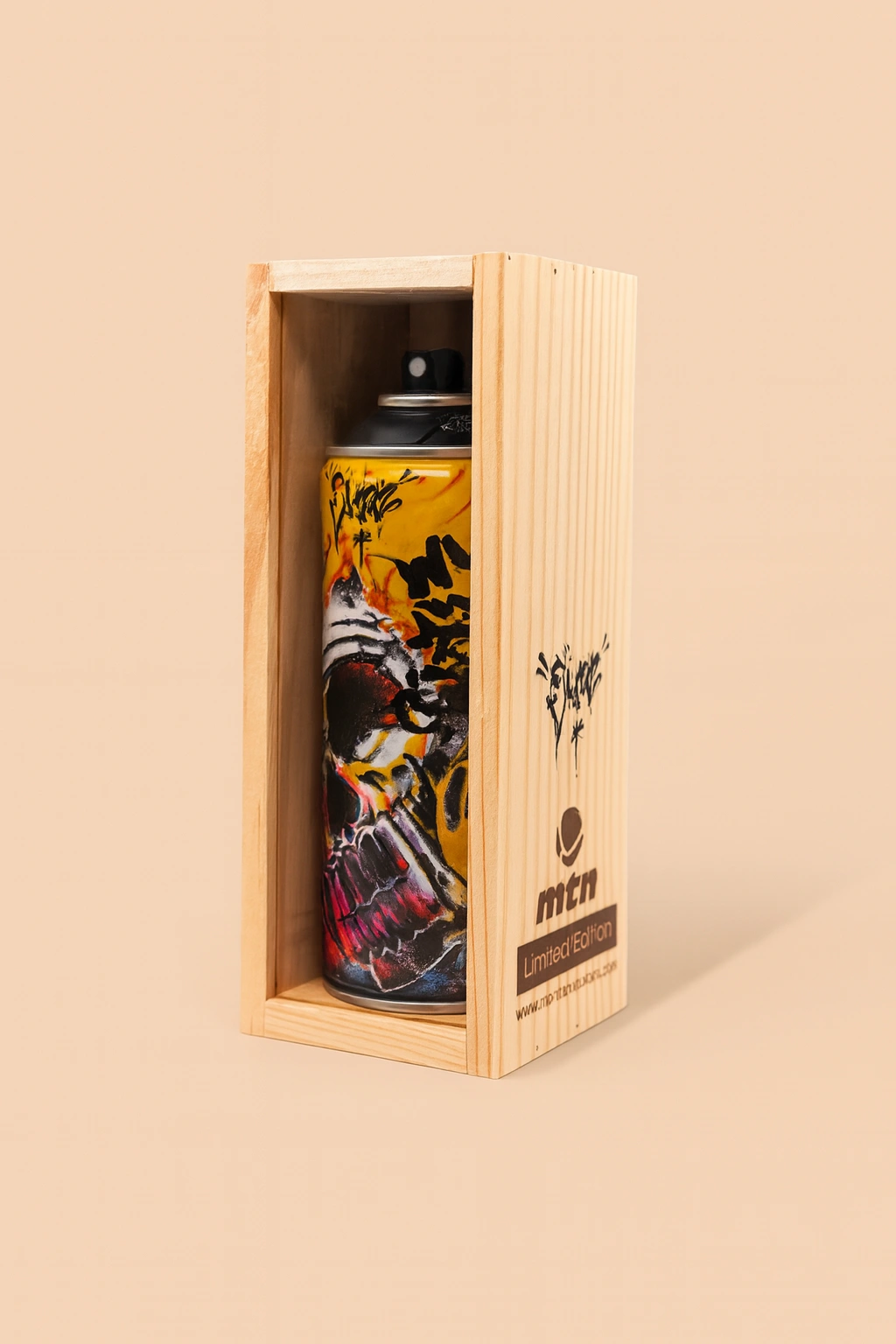In the rolling hills of Portugal, in a neighborhood alive with the textures of community life, a new landmark rises not in concrete or glass, but in pigment and story. “Queen for a Day,” a mural created by Portuguese artist Mariana Duarte Santos, was unveiled as part of the Zambujal 360 Project — a sweeping initiative dedicated to promoting gender equality in alignment with the United Nations’ 17 Sustainable Development Goals. Bold, tender, and profoundly human, Santos’ mural transforms an ordinary wall into a canvas of hope, visibility, and change.
More than a work of public art, “Queen for a Day” stands as an invitation: to reimagine gender roles, to celebrate empowerment, and to recognize the everyday queens whose lives and labor often go unseen. Through its vibrant imagery and thoughtful symbolism, the mural becomes both a mirror and a window — reflecting the aspirations of the Zambujal community while offering viewers everywhere a vision of a more equitable future.
Mariana Duarte Santos: A Rising Voice in Socially Engaged Art
Born in Lisbon, Mariana Duarte Santos has emerged over the past decade as one of Portugal’s most vital young muralists. Her work often straddles the line between realism and allegory, portraying individuals with both documentary precision and symbolic resonance. Whether painting portraits of fishermen in coastal villages or women in urban markets, Santos infuses her subjects with dignity and emotional depth.
Her art is inherently site-responsive: shaped by and in dialogue with the communities it inhabits. Santos does not impose imagery upon a place; rather, she listens, collaborates, and translates collective narratives into visual form. In this way, “Queen for a Day” exemplifies not only her stylistic mastery but her commitment to art as a tool of social engagement and empowerment.
The Context: Zambujal 360 and the UN’s Sustainable Development Goals
The Zambujal 360 Project operates at the intersection of community development and global policy. Anchored in the United Nations’ 2030 Agenda for Sustainable Development, the project seeks to advance the 17 SDGs — a blueprint for peace, prosperity, and environmental stewardship.
Among these goals, gender equality holds a central position. Goal 5 — “Achieve gender equality and empower all women and girls” — recognizes that sustainable development is impossible without the full participation and protection of women. From education and healthcare to labor rights and political representation, gender equality cuts across all spheres of life.
It is within this global-local framework that “Queen for a Day” was conceived: as a piece of public art that both honors the aspirations of Zambujal’s women and connects their stories to a wider international movement.
Visual Analysis: Crowning the Everyday
At first glance, “Queen for a Day” dazzles with its saturated palette and dynamic composition. The central figure — a woman clad in vivid fabrics — gazes outward, her expression poised between serenity and strength. Upon her head rests a crown, rendered not in gold or jewels, but in patterns suggestive of textiles, flora, and cultural motifs.
This symbolic coronation transforms the figure into both subject and sovereign: a queen not by birthright or ceremony, but by lived experience. Around her, the background bursts with organic forms — vines, flowers, and leaves — suggesting both the rootedness and the flourishing potential of the community.
Importantly, the woman’s posture is upright but relaxed, suggesting agency without arrogance, power without alienation. She is not elevated above her surroundings but integrated within them, suggesting that leadership and dignity are everyday acts, not distant ideals.
The color scheme of “Queen for a Day” further reinforces its themes. Rich purples and deep reds — historically associated with royalty — are balanced by earthy greens and warm ochres, grounding the figure in the landscape of Zambujal. The layering of hues creates a sense of movement and vitality, a mural that seems to breathe with the rhythms of the neighborhood.
Community Collaboration: Telling Shared Stories
True to Santos’ participatory approach, “Queen for a Day” was not created in isolation. Leading up to the mural’s production, Santos engaged in workshops, interviews, and listening sessions with women from the Zambujal community. These dialogues informed the mural’s imagery, ensuring that it resonated authentically with local experiences.
Rather than portraying a specific individual, the central figure embodies a composite of stories: a teacher, a grandmother, a shopkeeper, a teenager — all woven into a singular representation of resilience and hope. By choosing anonymity within specificity, Santos invites every woman in the community to see herself reflected in the mural’s luminous gaze.
Moreover, the act of involving the community in the creative process transforms the mural from a static object into an ongoing conversation — a living work whose meaning is continually reinterpreted and enriched by those who pass it daily.
The Power of Public Art in the Struggle for Equality
“Queen for a Day” is part of a larger tradition of public murals used as instruments of social commentary and activism. From the Chicano mural movement in Los Angeles to the feminist street art collectives of Europe, walls have long served as sites of resistance and reclamation.
In this lineage, Santos’ mural asserts visibility for those often rendered invisible by dominant narratives. It challenges the privatization of space and narrative, insisting that the public sphere must include and celebrate women’s voices and experiences.
Importantly, the mural’s tone is not confrontational but celebratory. It invites rather than demands. Yet this gentleness does not diminish its radical potential. In a world where misogyny often manifests in both blatant and insidious ways, simply asserting the dignity and power of ordinary women is a revolutionary act.
Beyond Symbolism: Real Impacts and Ongoing Efforts
While “Queen for a Day” operates powerfully on a symbolic level, its impact does not end with metaphor. As part of the Zambujal 360 Project, the mural is accompanied by workshops, educational initiatives, and policy advocacy aimed at addressing gender disparities in real and measurable ways.
These efforts include supporting women’s entrepreneurship, promoting girls’ education, providing resources for victims of domestic violence, and challenging gender stereotypes through media and curriculum reform. The mural thus serves as both beacon and bridge: a visible marker of commitment and a catalyst for deeper structural change.
Flow
In Mariana Duarte Santos’ “Queen for a Day,” we find a luminous distillation of a complex truth: that every woman carries within her the sovereignty of her own life. By lifting this truth into public view — by painting it, by celebrating it, by rooting it in a specific community while tying it to a global movement — Santos offers not merely an artwork, but an affirmation.
The mural does not pretend that the work of equality is finished; rather, it insists that it must be continuous, collective, and courageous. Every day, in homes and schools and markets and meeting halls, women claim their crowns — not of gold, but of grit, grace, and relentless hope.
“Queen for a Day” reminds us that a single image, placed in a public square, can carry the weight of centuries of struggle and the light of countless new beginnings. It reminds us that art, at its best, does not merely depict change — it dares to imagine it.
And in that imagining, we are all invited to take part — not just as viewers, but as makers of a more just, more beautiful world.
No comments yet.








